A window on a Hopper way of life
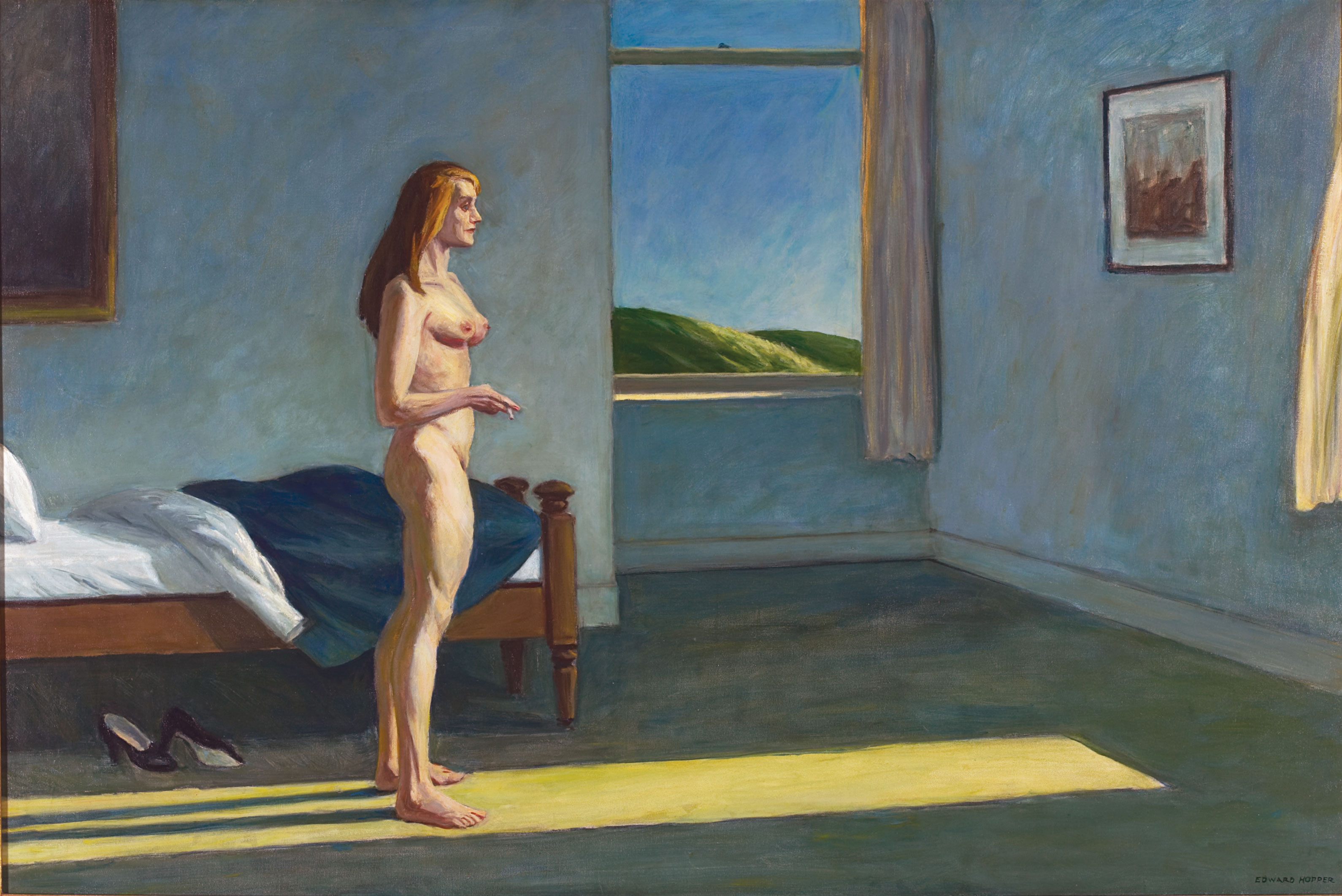
A cigarette smoulders. Sunlight floods through the window casting a naked woman’s tiny shadow across the motel room. She is lost in thought.
An extensive exhibition of works by American artist Edward Hopper has recently opened in Lausanne which captures the spirit of his iconic images. It also gives a new insight into his creative process.
Lausanne’s Hermitage Foundation, in collaboration with the Whitney Museum of American Art in New York, has brought together 160 Hopper works, including detailed sketches, oil paintings, illustrations, etchings and water colours.
Carter Foster, curator of drawings at the Whitney, helped assemble the collection, which spans Hopper’s career from his humble beginnings as an illustrator in the early 1900s to his later work.
“This is not an exhibition of his masterpieces, it’s deeper than that,” said Foster. “You see his different periods and step-by-step development more than in some of the big retrospectives like at the Tate Modern or Boston Museum of Fine Arts.”
Born in 1882 in Nyack, New York State, Hopper is considered to be one of the 20th Century’s most important artists.
He studied at New York’s School of Illustrating and later at the New York School of Art, where his tutors included Robert Henri, a member of the Ashcan school, whose urban paintings influenced the young artist.
After graduating Hopper made three trips to Paris between 1906 and 1910, where he met other American artists and perfected his drawing and painting techniques, producing some 30 works.
European influence
The Hermitage has a room dedicated to his early Impressionist-style Parisian scenes, including the Seine River, the Louvre and Notre Dame Cathedral, and caricatures of Parisians, which mimic artists like Degas, Manet and Toulouse Lautrec.
“He was a very sophisticated artist, who was also very well read,” Foster told swissinfo.ch. “He took in all these European influences and didn’t make them obvious.”
Hopper returned to the US, but Europe continued to exert a huge influence on him.
“It took me ten years to get over Europe”, he was famously quoted as saying.
Soon after his return he painted Le Bistrot, a sober view of two French women sitting on a terrace by a river, whose use of light, geometry, placement of figures and trademark solitude hint at his future classics.
This painting is characteristic of how he worked throughout his career, said Foster.
“He produced lots of drawings for a painting, then went into his studio, forgot his drawings and used his imagination,” he said. “Even though he was an abstract artist – and misinterpreted as a realist – he still very much needed the real world as a starting point. It’s always a combination of imagination and the real world.”
Chalk and cheese
Hopper settled in New York, but his career only took off in the 1920s. Up until then he struggled to earn a living, working as an illustrator or by selling his water colours or etchings.
He produced about 70 etchings, many of urban scenes of both Paris and New York, some of which are on view in Lausanne.
In 1924 he married Josephine Nivison, a student friend, who became his model.
They had very different personalities. While Edward was tall, conservative, reserved and solitary, “Jo” was short and gregarious.
She once said: “Sometimes talking to Eddie is just like dropping a stone in a well, except that it doesn’t thump when it hits bottom”.
Ambiguity
Hopper continued to draw and paint extensively, turning his attention to American urban architecture and rural landscapes, such as in Gloucester and Cape Cod, Massachusetts.
“Hopper really liked the way these houses, with their turrets and towers and porches and mansard roofs and ornament cast wonderful shadows. He always said that his favourite thing was painting sunlight on the side of a house,” said Boston Museum of Fine Arts curator Carol Troyon.
But Hopper’s images test the American Dream. An unsettling sense of loneliness and regret pervade his scenes, enhanced by the heavy shadows.
“Ambiguity was his greatest subject,” said Foster. “He had his own thoughts, but left the pictures ambiguous so that the viewer could complete the story.”
There was also a strong erotic undercurrent in some of his paintings, especially in the nudes, he added.
Film noir
One section of the exhibition has a series of fascinating, detailed sketches for some of his large oil paintings, including the Sheridan Theatre and the famous Nighthawks, produced in 1942.
Nighthawks features a couple drinking in a brightly lit all-night cafe. The famous scene was recreated in films like Pennies from Heaven and The End of Violence.
For Frédéric Maire, former director of the Locarno film festival, the close links between Hopper and the film world are “evident”.
“The light and the urban atmosphere remind us of film noir thrillers from the 1920s and 30s,” he said.
Hopper’s paintings had a great influence on modern filmmakers. In homage Maire’s Swiss Film Archive has organised screenings of 17 “Hopper-like” films, including Alfred Hitchcock’s Psycho, Jim Jarmusch’s Stranger than Paradise and Wim Wender’s Don’t Come Knocking.
As a regular cinemagoer, Hopper would undoubtedly have been flattered by this cinematic honour.
But what would he have thought about the millions of copies of his works sold in bookshops and art galleries around the world?
Foster feels Hopper’s late-found fame and mass production tends to devalue his artistic skills.
“I think he’s misunderstood,” he said. “He’s a very subtle painter and you don’t see that on posters or postcards, as they get flattened out and he suffers more than others.”
Simon Bradley in Lausanne, swissinfo.ch
The exhibition at the Lausanne Hermitage Foundation runs from June 25 to October 17.
It features 160 works from the Whitney Museum of American Art’s Edward Hopper collection, the biggest in the world, including oil paintings, sketches, illustrations, water colours and etchings.
The exhibition was previously shown in Milan and Rome, Italy.

In compliance with the JTI standards
More: SWI swissinfo.ch certified by the Journalism Trust Initiative

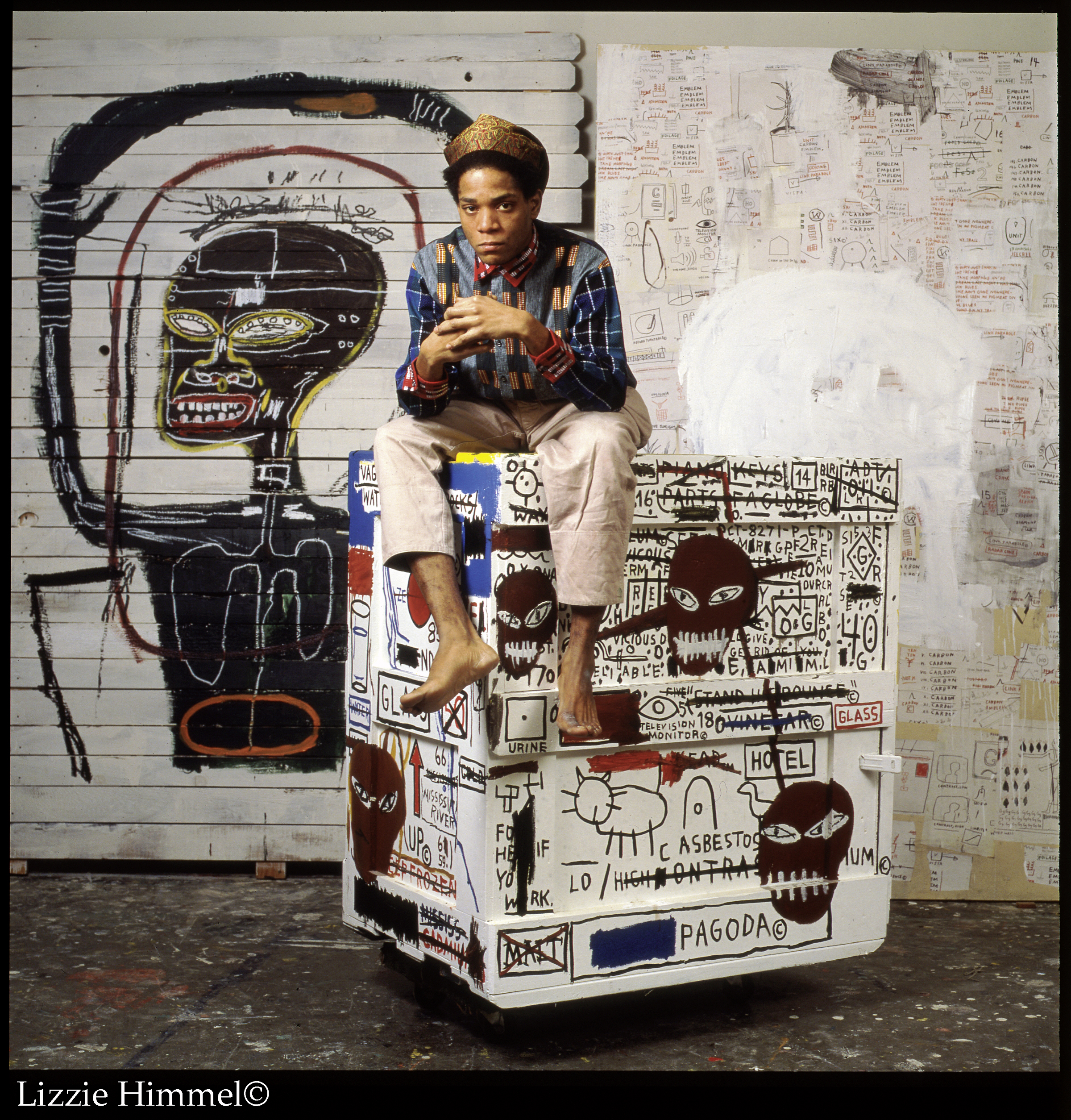
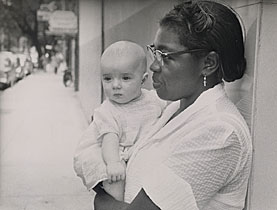
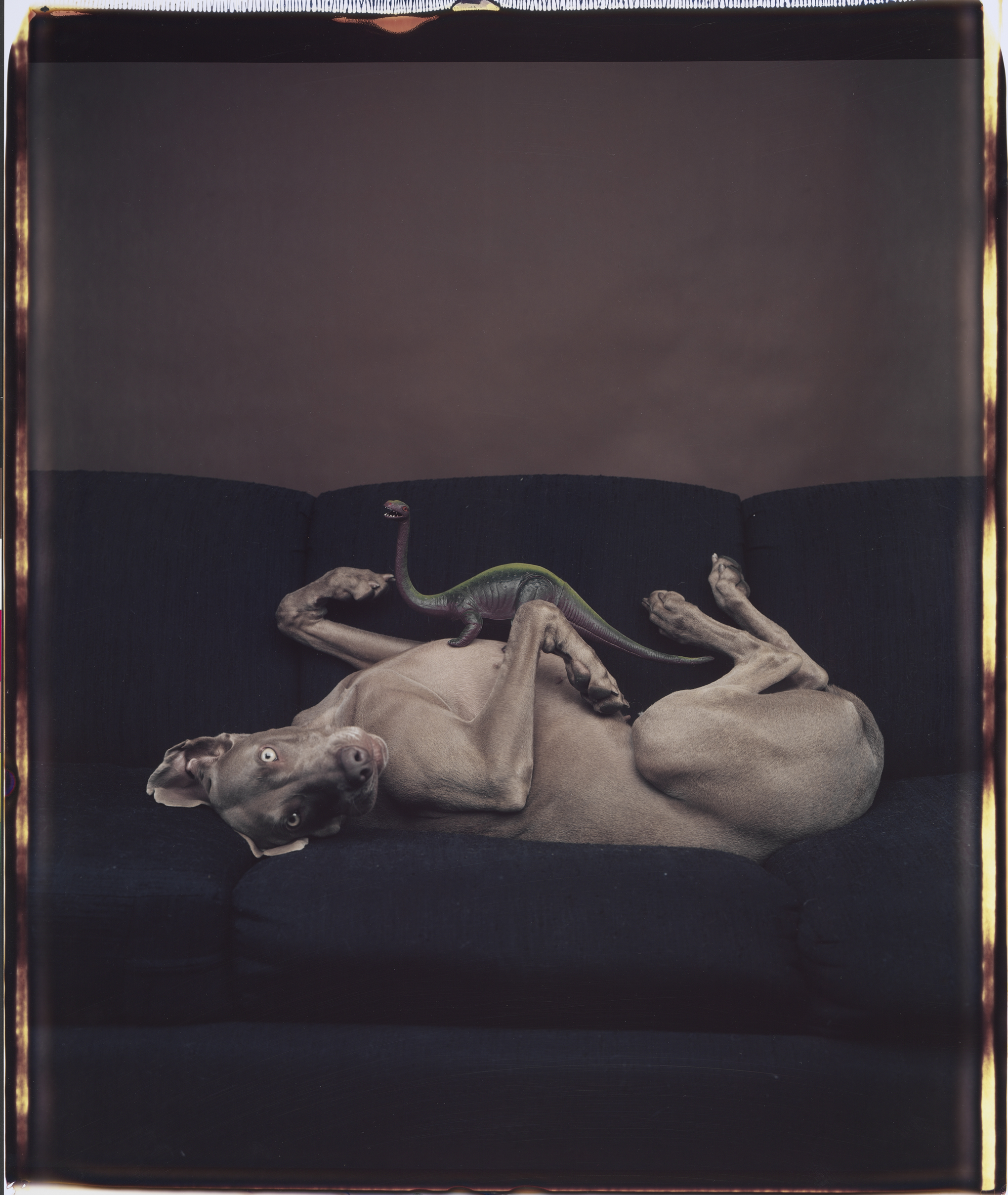
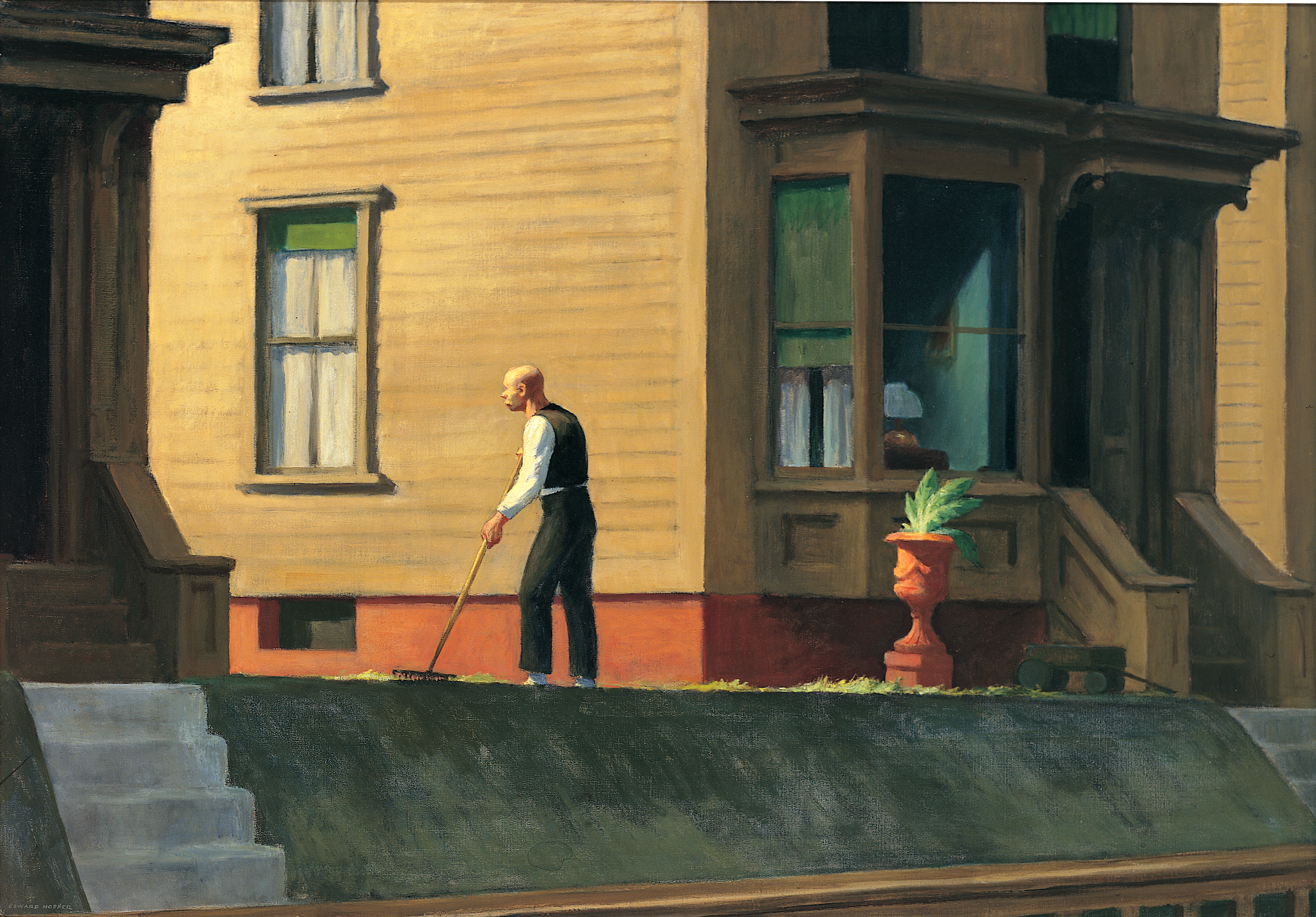
You can find an overview of ongoing debates with our journalists here . Please join us!
If you want to start a conversation about a topic raised in this article or want to report factual errors, email us at english@swissinfo.ch.